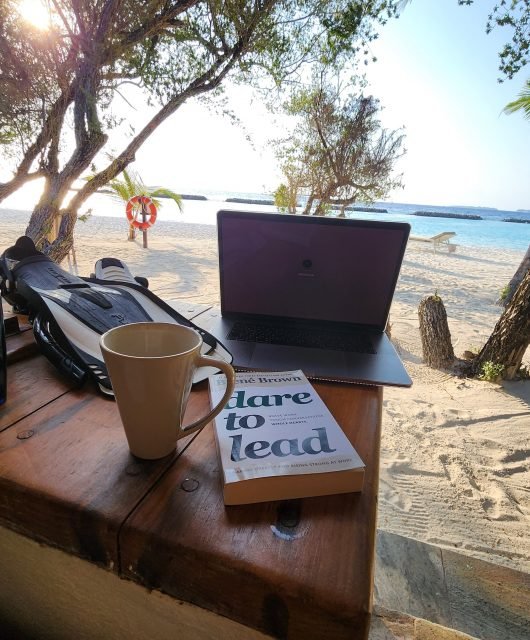Now Is The Time For Clarity – Not For Showmanship
The Corona crisis is increasing our hunger for constant information. We crave ever-newer updates that will finally tell us what the future will look like – or what we are supposed to do next. Maybe we are just consoling ourselves by constantly focusing on the crisis. Everything we read reminds us that people all over the world are asking the same questions, so we feel less alone, even while we keep our distance.
There is no blueprint for the current pandemic – so no one can seriously claim to have a simple solution. Against this background, the much more trustworthy approach involves careful deliberation and the scientific method. Suddenly our rather lumbering German government is more popular than any would have thought possible two months ago. Populists have lost their appeal. After years of shouting we are experiencing a renaissance of discourse. Amid all the negative aspects of the crisis, this is a development that should encourage us.
Designers And Brand Managers Reflexively Seek The Quick Fix
Meanwhile, many agencies and companies have to face the fact that projects planned months ago have suddenly become obsolete. Campaigns that have already been fleshed out are being thrown into the trash bin. This is not the time for cheerful spring motifs.
And in times of social distancing and lockdowns, brands shy away from depicting groups. Suddenly a billboard showing four people in a taxi is just as touchy as a barbecue with friends. The problem is that new motifs cannot be produced at the moment, and buying stock material offends the designer’s sense of honor. Inevitably, we are currently seeing many graphic or typographical implementations that are mainly related to the topic of social distancing.
It has almost become a cliché to letter-space logos to allude to the concept. This may seem clever at first, but for all its flashiness it quickly becomes banal. It is by no means a permanent, sustainable solution.
At this point, many contradictions become apparent. While many creative people are cranking out communicative rush jobs, a social rethinking has been taking place for a long time now. People want relevance and substance. If we take our role as designers seriously, we should be driving this change forward. After all, our work consists of concisely communicating content and information, making it more easily accessible – visually, linguistically, acoustically or with whatever medium.
Three Trends Are Becoming Increasingly Important In The Era Of The “Next Normal”
Here’s how we can support brands in making the changes that will become increasingly important in the coming weeks and months, and that will shape the new normality after the pandemic. First: Now is the time for clear information. It is a matter of condensing statements and simplifying them so that they stand in the cacophonous media landscape. Conciseness in design is more necessary than ever. That means in addition to communicating clear messages, brands should also take advantage of the various design elements they use. They must employ their primary codes in a targeted manner to ensure recognition in a turbulent environment.
This gives them the flexibility they need to face the second important challenge. Strong brands will be empathic brands in the future. Brands that respond to the needs of their target groups. Brands that are agile, but at the same time remain unmistakable. The stronger and more concise the primary codes are, the more variance is possible in the secondary codes. This means, for example, that they can also respond better to different local conditions – and thus enhance their own relevance. In the “Next Normal,” a regional sensibility, along with local delivery channels, will replace global egalitarianism.
The third trend remains the issue of sustainability. The big topic of discussion in the pre-Corona era is currently being overshadowed, but has lost none of its relevance. On the contrary, in a few months, brands will have to answer the question of whether they have used the lockdown phase to take stock and realign themselves. Whether they are willing to question business models and take their responsibility seriously. Those who opt for “more of the same” will end up in the old normality – and will miss out in the age of the “next normal”.





